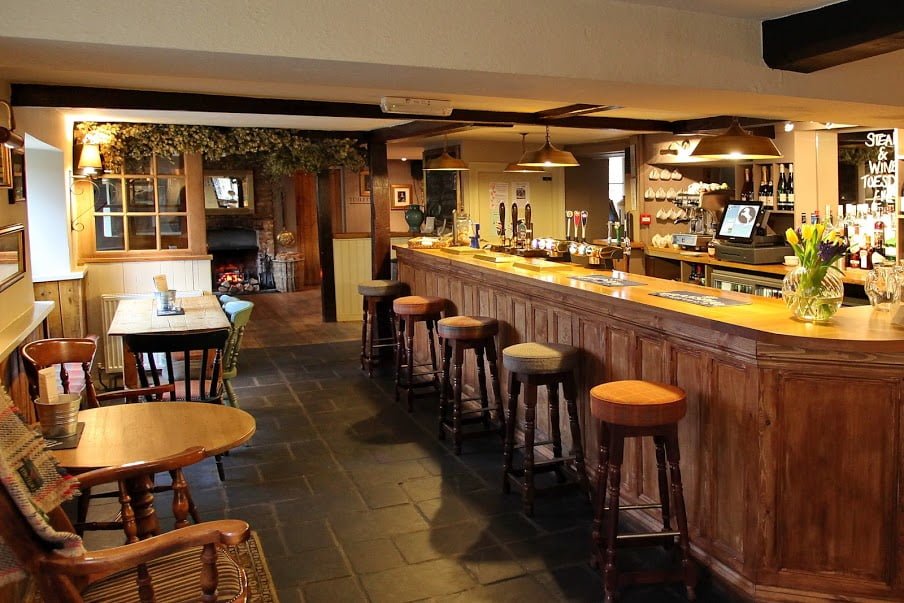
One of the perhaps unsurprising impacts of lockdown has been a change in our drinking habits. Recent research from Drinkaware shows furloughed workers and people now working from home rather than an office admit to having had a drink earlier in the day, and drinking on days they wouldn’t have before the pandemic. Why not pour a drink as soon as you close your laptop at 5.00? And with every day seeming the same as the previous one, why make any of them drink free days?
The problem is that little habits like these can become ingrained in the long term and even contribute to an increased tolerance for alcohol. And with furlough set to continue until October for some workers, and working from home likely to become a permanent pattern for others, there’s a real danger that many people will be putting their health at risk by consistently exceeding the low-risk drinking guidelines of 14 units a week.
There is a lot about life pre-lockdown that helped us moderate how much we drink. Drinking at home means alcohol is available 24/7 and, pubs, bars and restaurants will play a role in getting a lot of people people out of their lockdown drinking patterns. Drinking in the pub is controlled and supervised and, importantly, alcohol serves are exactly measured – unlike the generous free pours so many have been helping themselves to in their kitchens or back gardens over recent months!
According to Kantar research earlier in lockdown, 56% of people were looking forward to visiting a pub or restaurant when they reopen. Unsurprisingly, younger people are more comfortable about going out to eat or drink than older age groups at a higher COVID-19 risk. And we’re all expecting to see new anti-virus measures such as social distancing, hand sanitiser and enhanced hygiene, to reassure us.
It’s interesting to see why we’re so keenly anticipating the end of the hospitality lockdown. Nearly two-thirds of people cited catching up with friends, and around half of us are planning a celebration or romantic occasion. I think it’s the informal sociability of the pub that we’re looking forward to – the ability to turn up, as you are, share your highs and lows with friends or friendly bar staff, join in a quiz or listen to live music. Great pub experiences hinge on social connections, which is what we’ve all missed over the last three months.
In all of this, alcohol is definitely optional rather than compulsory and increasing numbers of pubgoers, particularly in younger age groups, are enjoying everything that the pub has to offer – except the alcohol. It helps that the range of ‘no and low’ alcohol drinks has never been better, so choosing to go without alcohol doesn’t mean sacrificing quality or flavour. Any licensees who have a chance to review their drinks range before opening their doors again should, as a priority, be making sure they have a great ‘no and low’ alcohol selection.
It’s also worth noting that, despite the uptick in home drinking, many people have developed positive behaviours to protect their health during the pandemic. According to recent research from CGA 3, a third of us are exercising more and a quarter are buying healthier foods. Nine per cent have cut out alcohol completely. Some of these good habits will surely stick once we come out of lockdown.
Let’s hope that the reopening of the pub, as an environment that encourages moderate drinking, combined with an increased desire to lead a healthier lifestyle, will help to reverse the excessive drinking developed by many during lockdown. The coronavirus pandemic is likely to have a negative impact on many aspects of our life, quite possibly for years to come; wouldn’t it be good if a better relationship with alcohol could be one positive to emerge from it?